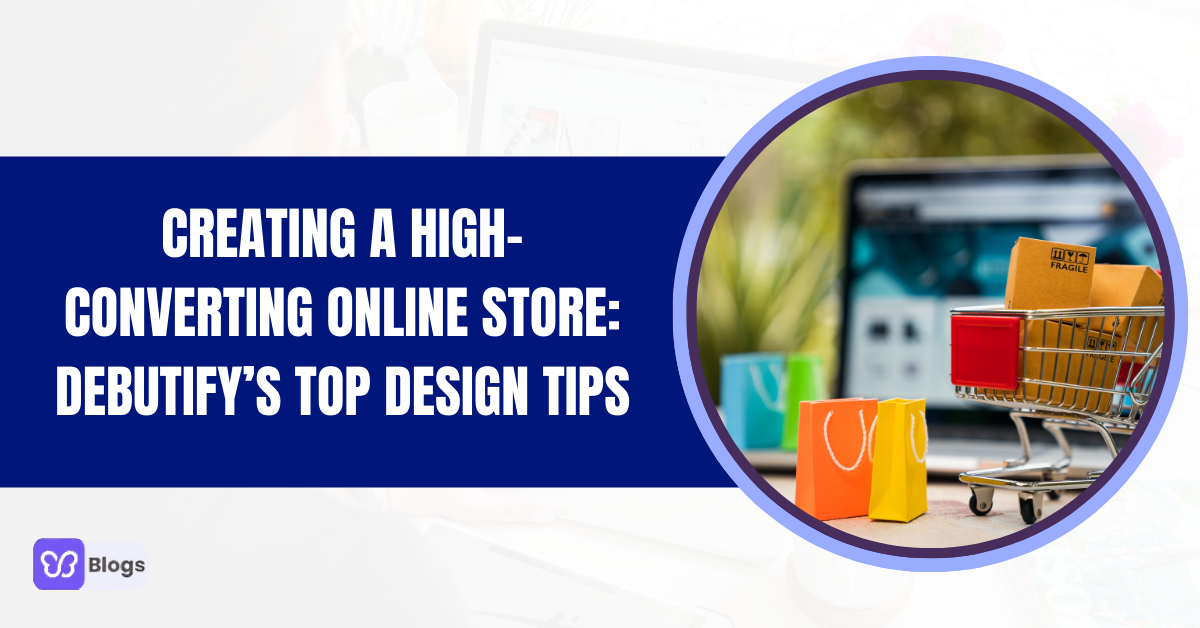Defining e-commerce business valuation
Before we delve into the intricacies, let's establish what e-commerce business valuation means.
It's the process of determining the monetary value of an online business based on various factors and methodologies.
So now, you're probably wondering, what are these factors?
Factors influencing the value of an eCommerce business
When determining the value of an e-commerce company several factors come into play.
These factors provide a better understanding of your business's worth and potential for future success.
Let's explore these key factors:
Revenue and Profit Trends
The revenue and profit trends are fundamental indicators of your business's financial performance.
Consistent revenue growth and increasing profits show a healthy and valuable business. This draws investors and buyers to businesses.
Customer Base and Retention Rates
A large and engaged customer base shows a strong market presence. It also shows excellent potential for continued revenue generation.
That's why high customer retention rates indicate customer satisfaction and recurring business...
... adding more value to the company.
Brand Reputation and Recognition
A well-established brand with positive customer sentiment and a loyal following has a huge impact. Probably, the reason why brand equity is vital in attracting customers. It differentiates your business from competitors.
Industry and Market Dynamics
An industry with high growth potential and favorable market conditions can increase the value of a business. It is best to know and understand market trends and consumer behavior. As well as emerging technologies within your industry.
Because it helps you determine your prospects.
Competitive Landscape
The competitive landscape of the e-commerce industry influences the value of a business. These include market share, competitive positioning, and barriers to entry. That's why if your business needs a unique selling proposition.
Make sure you establish competitive advantages. And you need to have a strong market position.
These factors provide a comprehensive view of an e-commerce business's value.






